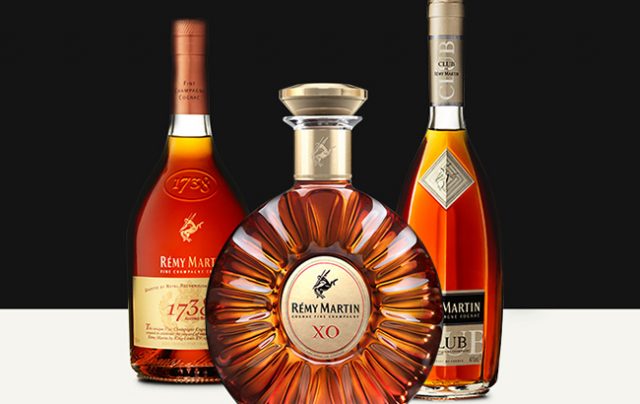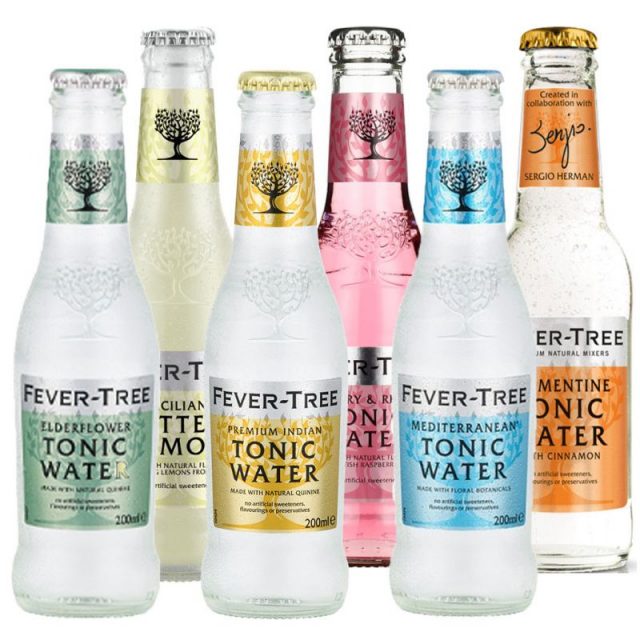Remy Cointreau’s organic sales up by 105%
French drinks group Remy Cointreau’s organic sales soared by 105% in April to June this year, significantly surpassing the 68% sales rise analysts predicted.

Remember 12 months ago when governments were slamming the shutters on the on-trade and the travel retail market had disappeared?
Boards were scrapping profits forecasts, throwing their arms in the air and telling investors that they had no idea how badly coronavirus would affect their businesses.
So now that bars and restaurants have reopened in the United States, China and Europe and the surge in e-commerce continues unabated, it will not be hard for drinks companies to beat their performances in the May to June quarter compared with last year, despite the heavy clouds remaining over duty free.
Consequently investors are looking beyond the buoyant headlines numbers. That’s why when both Remy Cointreau and Fever-Tree published seemingly bumper figures, their shares fell in response.
For instance, Remy Cointreau’s organic sales soared by 105% in the April to June quarter, beating the estimates of analysts (admittedly those polled by the French group) who came up with a consensus forecast of a 68% increase.

Cognac put on 114%, making up over two thirds of the sales in the quarter.
To put the numbers in context, the group’s sales in the same quarter last year fell by a third but were 36.5% higher than in the corresponding period in 2019.
So Remy Cointreau has bounced back strongly and said it expected an “excellent” first half to the end of September due to the “shipment phasing effects” and structurally better consumption trends in the United States.
Partner Content
“For 2021/22, Remy Cointreau remains confident in its ability to outperform the exceptional spirits sector,” the company said.
Remy’s shares have gained 17% this year and are at record levels. But they fell marginally in the wake of the trading figures because investors took some profits.
That was not the case at Fever-Tree, the premium mixers producer. In a trading update it said that revenue growth of 39% to £141.8 million in its half year to the end of June was ahead of its expectations.
In the UK sales were up by 4% and jumped by 32% in the US. But the problem for Fever-Tree is that every increased sale it makes today is having a negative impact on margins and thus profitability. Margins fell by a couple of points to just above 20%.
It warned that rising freight and raw material costs were problematic.. That prompted analysts to downgrade their estimates of full year profits by about 10% to about £60m and knocked 7% off the shares.
To satisfy its fast-expanding US market, Fever-Tree has to ship product from the UK while it waits for production facilities to come on stream. In April alone, carriers increased the price of a contained to the US East Coat by 35% and by 60% to the West Coast. Warehousing costs are also rising
Add to that the cost of transporting premium raw materials such as quinine from the Congo and ginger from Jamaica and the impact on the bottom line is apparent.
The picture was brighter at Britvic, however, which reported a “significantly improved performance” with sales topping £1 billion for the nine months since last October. That was a 3.1% rise but notably in the three months to the end of June they were 23% up.
That period does not include the full reopening of hospitality venues in the UK, which should further underpin Britvic’s performance in the summer months.
The company predicted that its full-year profits would be “within the range of current expectations”. That pushed up the shares by 1.3%.




